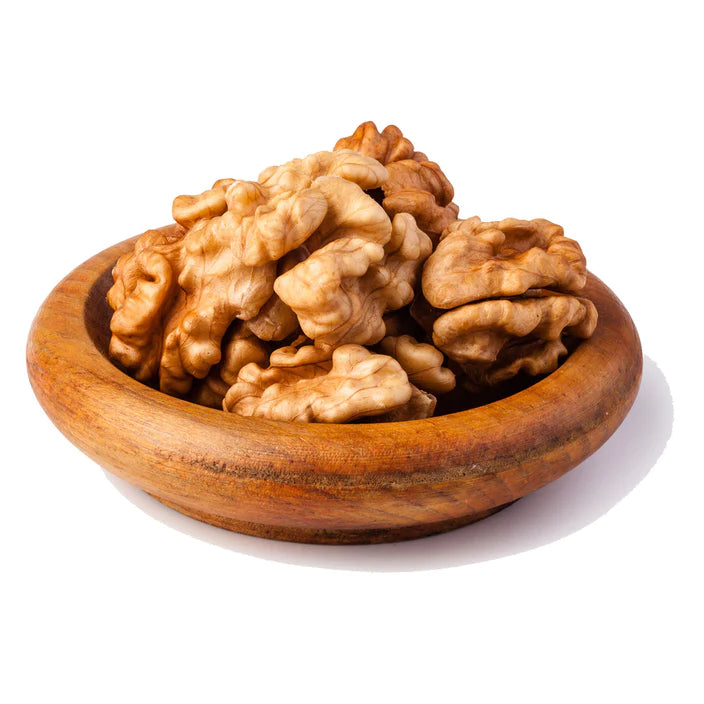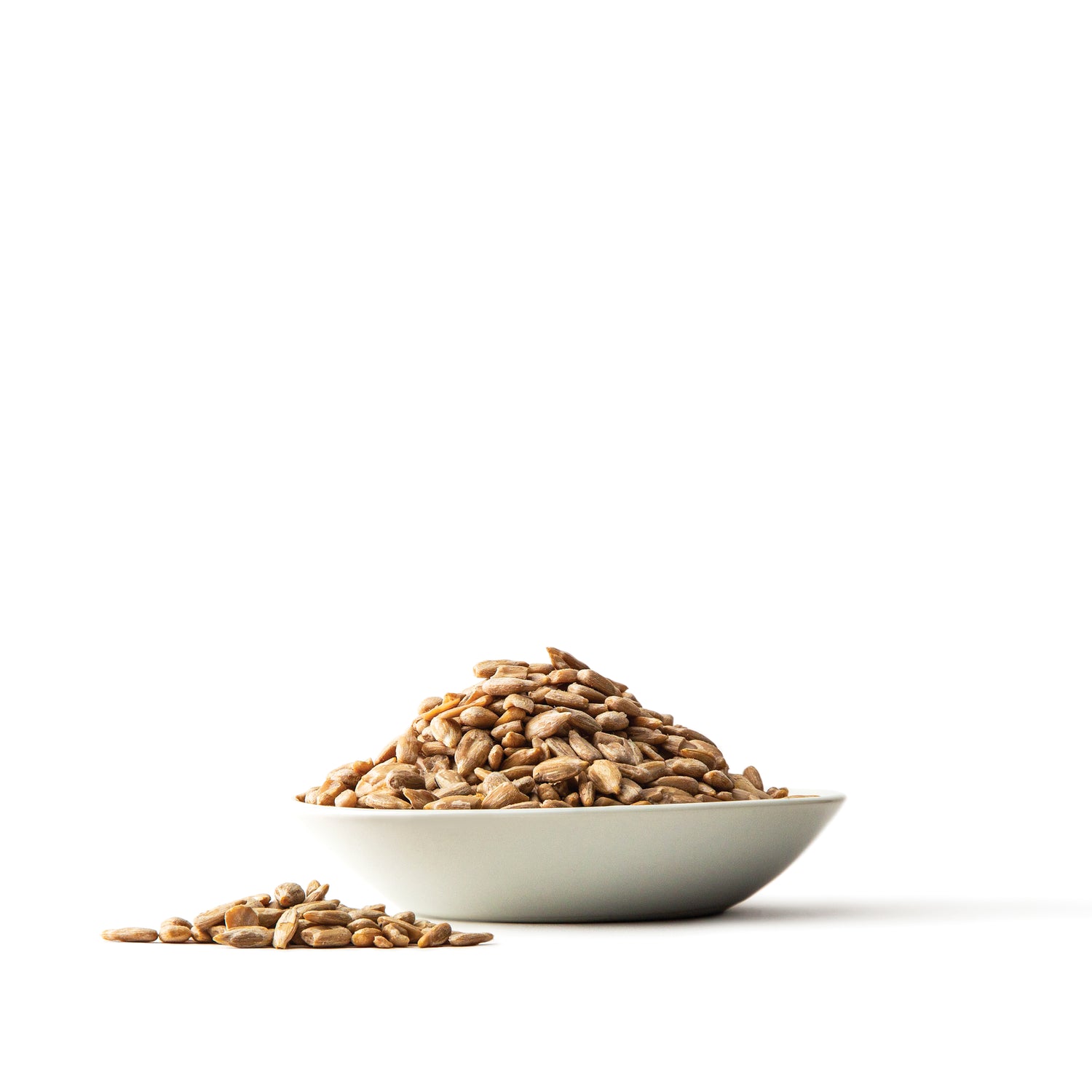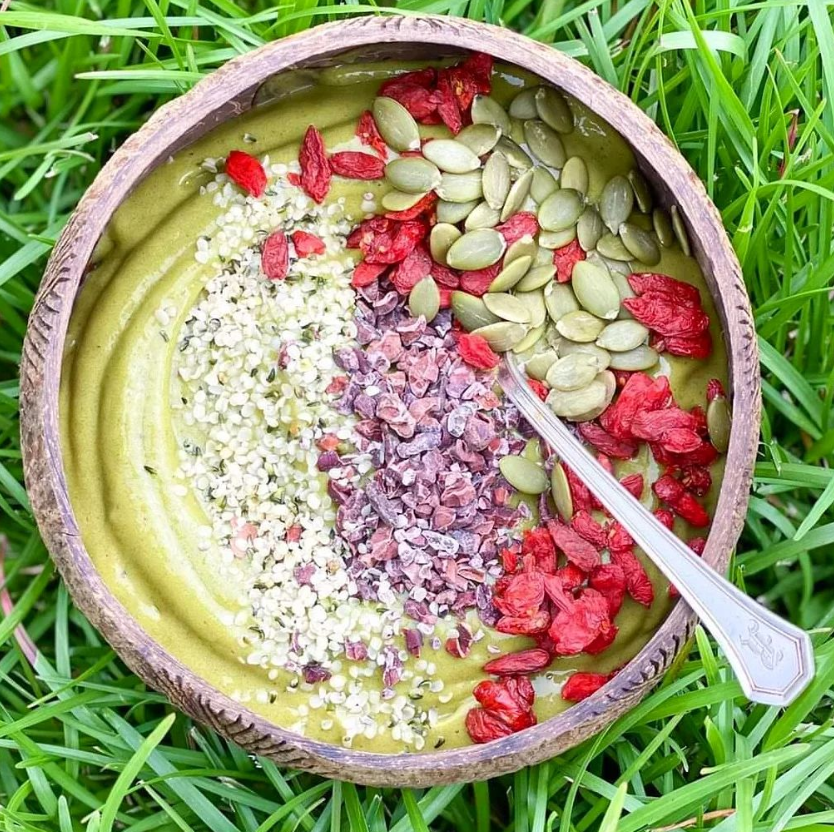In nearly every city or even larger towns in the United States, you can find a coffee shop of some sort within a five-minute drive. Sometimes you can see one coffee shop from the window of another. Around the globe, people have discovered hundreds of ways to consume coffee. These forms can vary from straight black coffee to fancy Frappuccino's to infusions in desserts. Some of the largest companies in the U.S. are coffee shops like Starbucks or Dunkin’ Donuts. Yet hidden dangers dwell below the surface of this beloved beverage.
Most casual coffee-drinkers know that coffee is acidic, but they often do not realize to what extent. The ph scale measures acidity with ratings of zero to fourteen. A ph rating above seven is alkaline, a ph value of exactly seven is neutral, and a ph below seven is acidic. Coffee usually has a ph ranging from 4.85-5.10. For reference, hydrogen peroxide has a ph of 4.5.
Ads for teeth whitening products love to advertise that coffee will stain teeth. However, that is not all the damage that coffee can do to oral health. According to Shelton Dentistry, a ph below 6.5 breaks down dentin and below 5.5 dissolves enamel. These levels of acidity are incredibly detrimental to oral health. Coffee not only stains teeth, but the acid will actively break them down.
The exact ph of coffee varies based on several factors. The process of roasting and grinding the beans releases oils that give coffee its flavor, but that also releases acid. Typically, roasting coffee beans for longer stints of time at higher temperatures will cause the coffee to contain less acid. Therefore, lighter roasts have more acid, and darker roasts have less. Coincidentally, light roast also contains more caffeine than dark roast coffee.
The method with which coffee beans are ground factors into the acidity. Depending on the brewing method, the beans must be ground to fine or coarse consistencies. More finely ground coffee offers more surface area, and the grounds then expel more acid into the finished product. Coarser coffee grounds release less acid due to lower surface area.
The brewing process itself also changes the acidity of the final product. Longer brewing times produce coffee that is much less acidic than those with short brewing times. Cold brew coffee has become a popular, less acidic alternative. This is more commonly taken black because of its smoother flavor. Typically, cold brew is left to brew overnight or sometimes longer in frigid temperatures, which produces the least amount of acid compared to other coffee. On the other end of the spectrum, espresso is the most acidic, as the optimal brewing time for espresso is only 19 to 23 seconds.
Of course, not everyone drinks black coffee, let alone straight espresso. When asked about the levels of acidity in their morning brew, many would say that adding creamer and milk will negate the acid of the coffee. That answer is partially correct. While dairy products will raise the ph value of the finished beverage, it is not by much. Regular 2% milk has a ph of 6.4 to 6.8 and most creamers or milk alternatives have a similar ph. The ph of these products is still slightly acidic. It will alter the ph of the drink, but the solution must contain almost entirely milk to raise the ph above 6.5. Even then, the ph may still be below the mark.
Thus far, we have only discussed the detrimental effects of acidity on oral health. Yet what can occur in the rest of the body when ph levels are too high? To negate the high levels of acidity in one cup of coffee, one must drink between 16 and 18 cups of water. For many, even a small cup of coffee can cause acid reflux and heartburn, which can damage the esophagus. Ulcers may also cause a problem.
All this is not even to mention the harmful and addictive properties of coffee’s caffeine content. Caffeine is a stimulant and one of the most widely used drugs. It is a highly addictive compound, causing severe withdrawal symptoms, and often one must consume increasingly large amounts to feel the same effects. Overuse or prolonged use can cause increased heart rate, insomnia, agitation, thinning bones, and worsen symptoms of anxiety. That is only to name a few.
Many coffee lovers want to be able to enjoy their favorite beverage without all the side effects. There is an alternative! Bio Coffee is the only alkaline coffee on the market. Because Bio Coffee uses powdered arabica coffee, coffee lovers can enjoy the flavor of coffee with none of the detrimental side effects. This convenient and travel-ready instant coffee powder is naturally decaffeinated using a water extraction method. This does not imbue the coffee with all the chemicals that traditional decaffeination does, and also preserves the flavor of the coffee.
The key ingredient in Bio Coffee is wheatgrass, which boasts dozens of vitamins and minerals and copious amounts of fiber. Wheatgrass is known as a superfood, and the benefits are numerous. Because it contains iron, calcium, vitamins A, B, C, E, and K, wheatgrass is incredibly nutrient-dense. These nutrients may aid liver and digestive function, boost metabolism, and fortify the immune system.
The packet contains a non-dairy creamer sweetened with a plant-based, low-calorie sweetener. This ingredient is suitable for those with diabetes, making it a great alternative to regular coffee creamers which often contain copious amounts of refined sugar. Even those without diabetes can appreciate cutting back on sugar intake and will feel the beneficial effects.
In short, Bio Coffee is the perfect alternative for those looking to avoid all the side effects that come with coffee but still want to enjoy their favorite beverage. Not only is this warm, nutrient-dense beverage full of vitamins and minerals, but it also contains 3-5 servings of green vegetables in every cup. Bio Coffee works perfectly to help promote a healthy lifestyle and start your day off right. Take the twelve-day challenge and see how Bio Coffee can change your day and your life!

Research
https://www.sheltondentistry.com/patient-information/ph-values-common-drinks/
https://www.webmd.com/vitamins/ai/ingredientmono-980/coffee#:~:text=When%20taken%20by%20mouth%3A%20Coffee,rate%2C%20and%20other%20side%20effects
https://www.healthline.com/nutrition/is-coffee-acidic#acidity
http://www.h2o2.com/faqs/FaqDetail.aspx?fId=26
https://alexaanswers.amazon.com/question/2hJ7I7v0pTngTmrSGzoazJ#:~:text=Milk's%20pH%%2020level%20ranges%20from,pH%20levels%20of%20around%206%20.%20
https://www.healthline.com/health/food-nutrition/wheatgrass-benefits#takeaway






